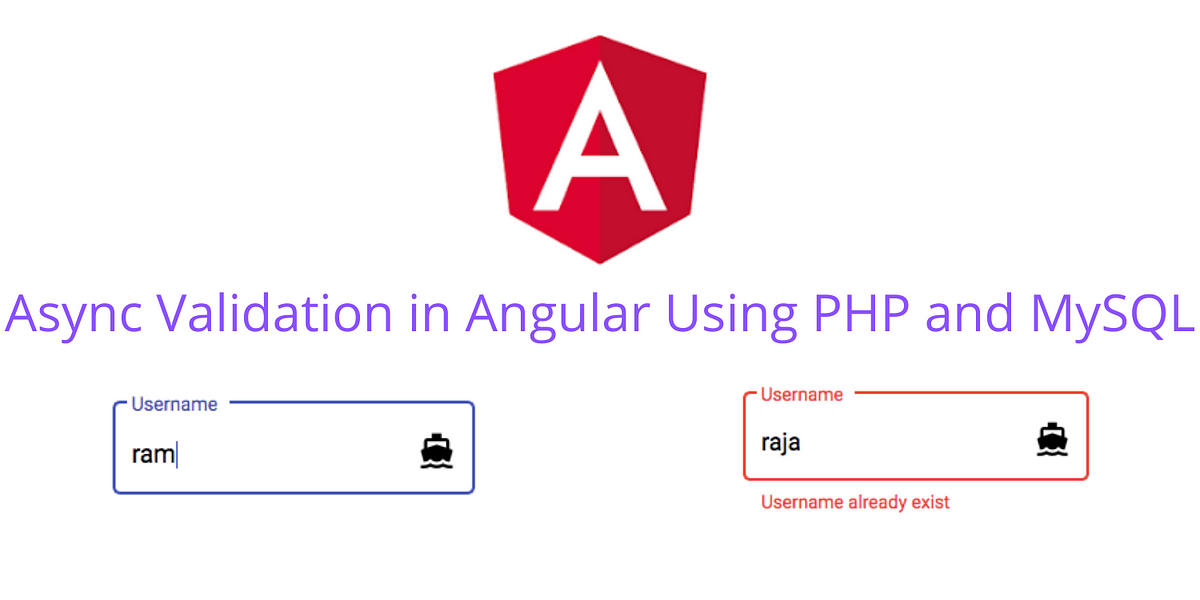Validation performs a very important role in application development. Validation helps the user to access/use the application in a better way. Most of the UI frameworks offer built-in validation. We can use some third party plugins for validation also.
Say, for example, if a user wants to verify his/her mobile number using OTP, then he/she must enter a mobile number in the given input field. Sometimes the user may enter more than ten(10) digits( Indian mobile numbers are ten(10) digit length). After entering the wrong mobile number(more digits), the user expects OTP. However, the SMS server will tell us the number is not valid. This consumes a lot of time and the user will not be happy. However, if we show this error while typing the number itself, instead of sending this to the server, it will reduce time. It will be the best practice and gives the user better user experience.
So using the proper validation for needed input fields will help the end-user while using the application. And it reduces application complexity.
Types of validation.
- Client-Side Validation
- Server-Side Validation
- Async Validation
In this tutorial, you will learn how to do Async Validation using the Angular framework.
#web-development #javascript #angular #php #mysql
